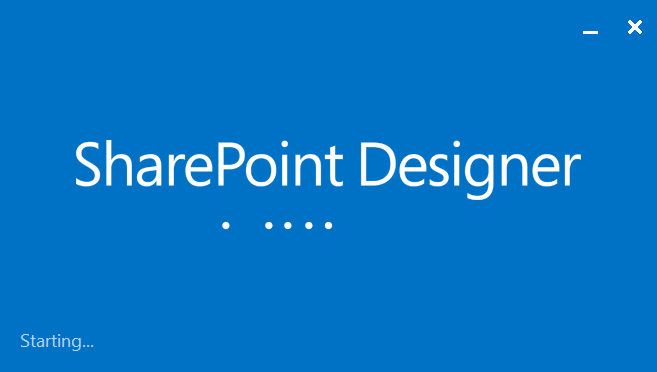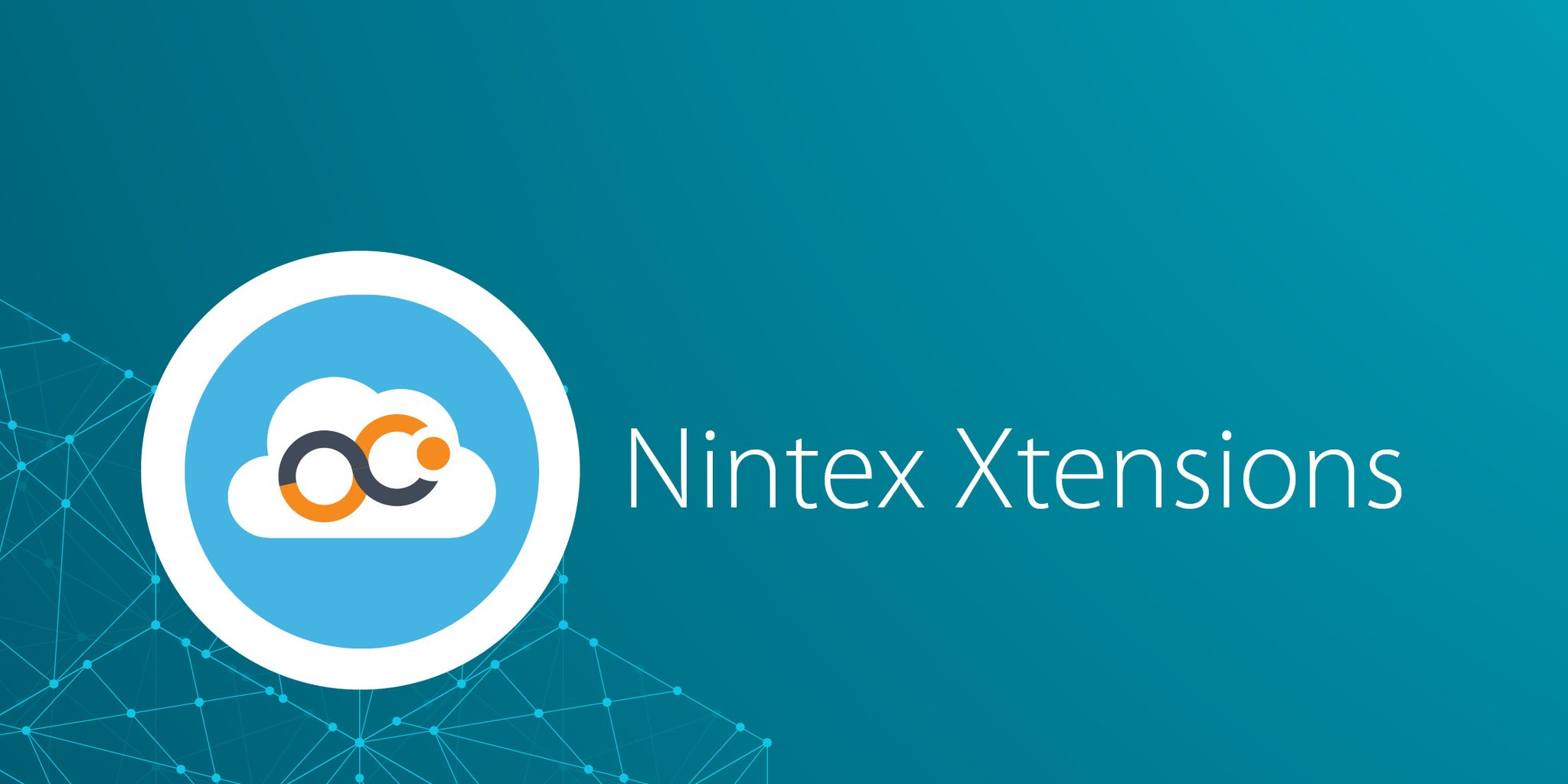Working with Nintex for Office 365 REST API from Azure Functions
Still being under impression from working with Azure Functions, I decided to try finally build a solution for Nintex Workflows for Office 365, where I have a single repository of workflows’ definitions, and from here I am able to publish them across the site, to different libraries or lists. Previously I was only able to do it using PowerShell or tools like Postman or Fiddler. However I wanted to have a single workflow that does all of the magic for me.





